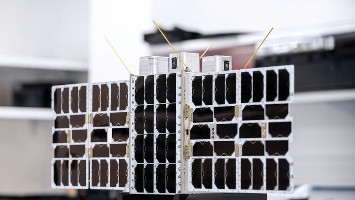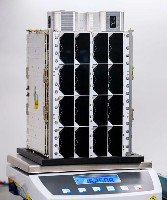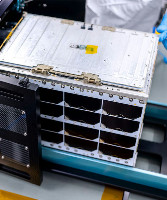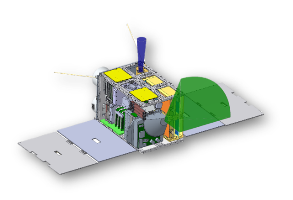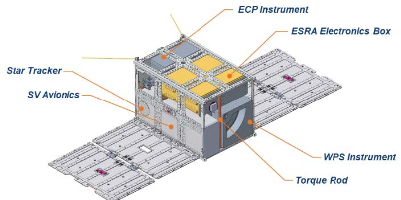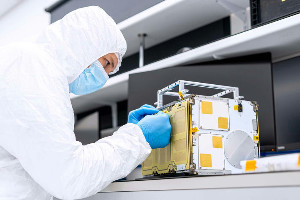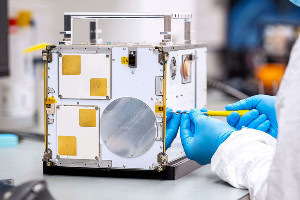| Name | ESRA (Experiment for Space Radiation Analysis) |
|---|---|
| Type | CubeSat |
| Units or mass | 12U |
| Status | not launched, expected in 2025 |
| Launcher | not launched |
| Organisation | Los Alamos National Laboratory (LANL) |
| Institution | Institute |
| Entity | Government (Civil / Military) |
| Country | US |
| Manufacturer | AIVT by NanoAvionics |
| Operator | Los Alamos National Laboratory (LANL) |
| Oneliner |
Focus on testing a new generation of plasma and energetic particle sensors. Observe the energetic charged particles that populate the radiation belts. |
| Description |
Latest of a series of Demonstration and Validation missions built by the Los Alamos National Laboratory, with the focus on testing a new generation of plasma and energetic particle sensors. The primary motivation for the ESRA payloads is to minimize size, weight, power, and cost while still providing necessary mission data. These new instruments will be demonstrated by ESRA through testing and on-orbit operations to increase their technology readiness level such that they can support the evolution of technology and mission objectives. This project will leverage a commercial off-the-shelf CubeSat avionics bus and commercial satellite ground networks to reduce the cost and timeline associated with traditional DemVal missions. The system will launch as a ride share with the DoD Space Test Program to be inserted in Geosynchronous Transfer Orbit (GTO) and allow observations of the Earth’s radiation belts. The ESRA CubeSat consists of two science payloads and several subsystems: the Wide-field-of-view Plasma Spectrometer, the Energetic Charged Particle telescope, high voltage power supply, payload processor, flight software architecture, and distributed processor module. The ESRA CubeSat will provide measurements of the plasma and energetic charged particle populations in the GTO environment for ions ranging from ~100 eV to ~1000 MeV and electrons with energy ranging from 100 keV to 20 MeV. |
| Notes |
LANL integrates two of their own payloads. |
| Sources | [1] [2] [3] [4] |
| Photo sources | [1] [2] [3] [4] |
| COTS subsystems |
|
| Subsystems sources | [1] |
| Keywords | GTO or GEO orbit |
Last modified: 2024-12-23
